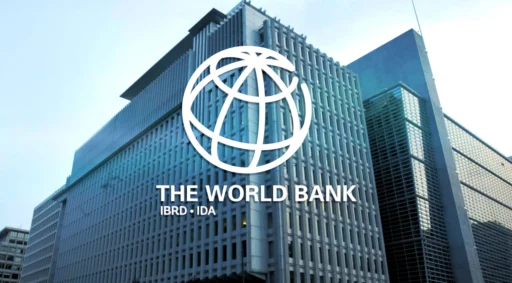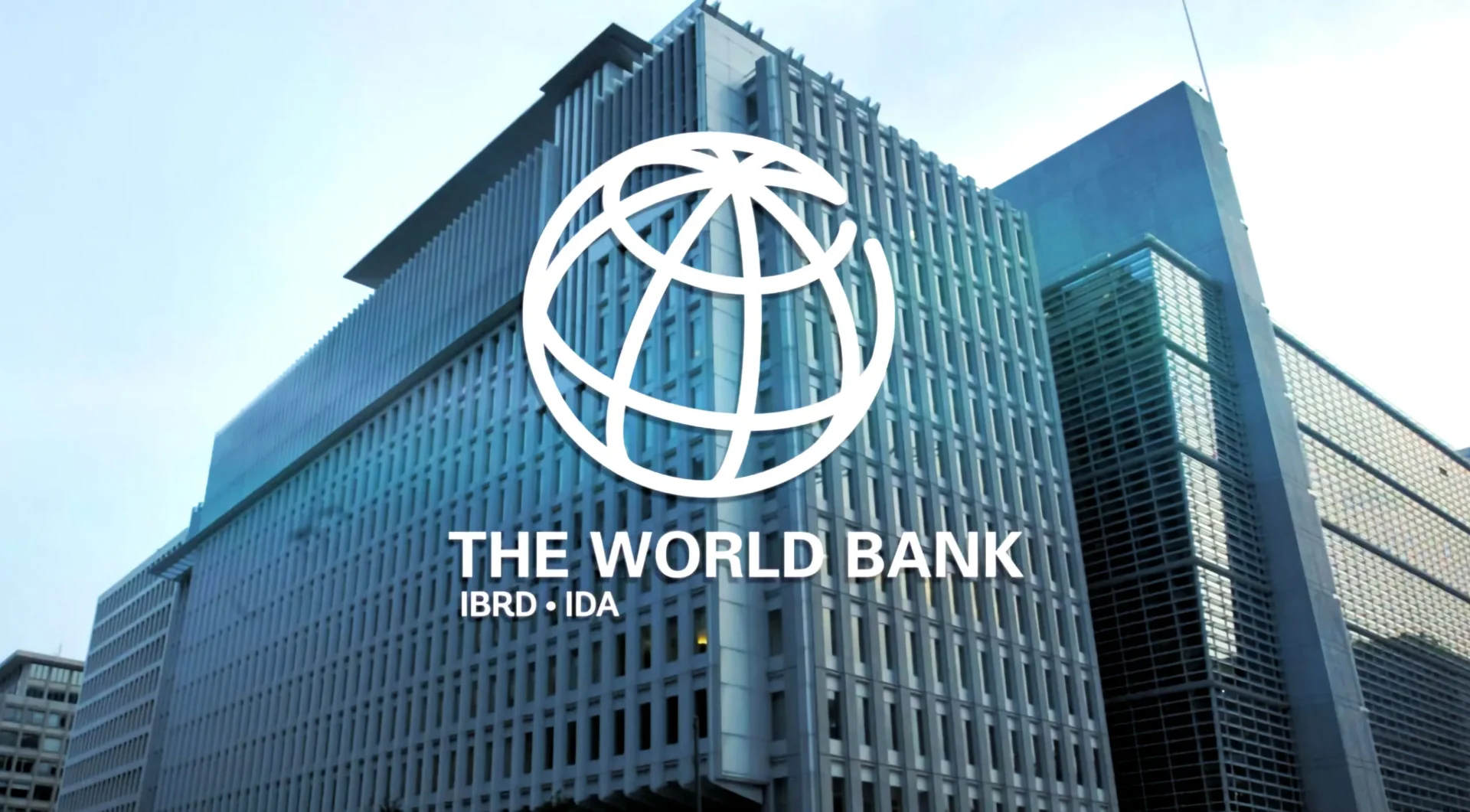World Bank Proposes Debt Management Reform:
Debt management is a critical component of economic stability and growth, particularly in developing nations. The World Bank’s recent proposal for debt management reform underscores the urgency of addressing the rising global debt levels and fostering financial sustainability. This article delves into the key aspects of the proposal, its significance, and its potential impact on global economies.
What is Debt Management?
Debt management refers to the strategies and processes employed by governments and organizations to handle their debt obligations effectively. It involves planning, issuing, and managing debt to ensure that borrowing costs are minimized, and repayment terms are sustainable.
Importance of Debt Management for Global Economies
World Bank Proposes Debt Management Reform:Proper debt management safeguards countries from financial crises, maintains creditworthiness, and ensures that resources are available for essential development projects. Mismanagement, on the other hand, can lead to spiraling debt levels and economic instability.

World Bank’s Role in Global Financial Stability
World Bank Proposes Debt Management Reform
A Brief History of the World Bank
Established in 1944, the World Bank Proposes Debt Management Reform has been pivotal in providing financial and technical assistance to developing countries. Its primary mission is to reduce poverty and support sustainable development.
How the World Bank Supports Economic Development
Through funding, policy advice, and technical expertise, the World Bank helps nations tackle critical challenges, from infrastructure development to economic reforms.
Key Focus Areas of the World Bank’s Reforms
The proposed debt management reform aligns with the World Bank’s broader goals of fostering economic stability, enhancing transparency, and ensuring equitable growth.
Understanding the Debt Management Reform Proposal
Objectives of the Proposed Reform
The primary objective is to equip countries with the tools and frameworks needed to manage debt effectively, ensuring fiscal sustainability and economic resilience.
Key Features of the Proposal
- Adoption of standardized debt management practices
- Enhanced transparency in debt reporting
- Capacity-building initiatives for financial institutions
Targeted Countries and Economies
While the reform is global, it prioritizes low-income and developing countries grappling with high debt burdens.
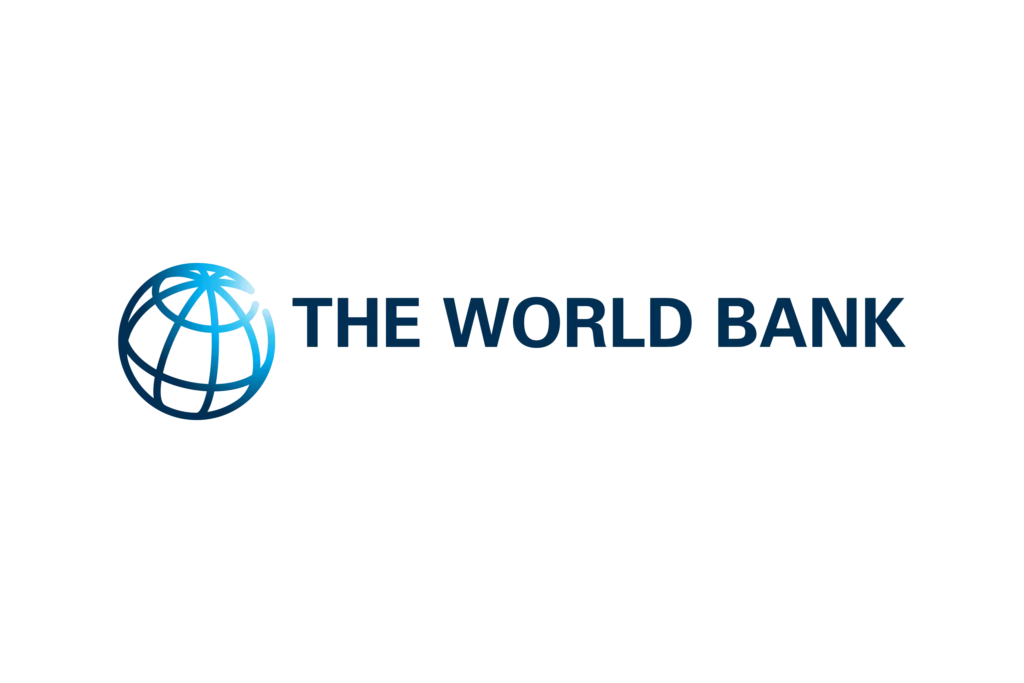
Challenges Addressed by the Reform
High Debt-to-GDP Ratios
Many countries face unsustainable debt levels, hindering their economic progress. The reform aims to address these issues through structured debt reduction strategies.
Inefficient Debt Management Systems
Outdated systems and practices often exacerbate debt problems. The reform introduces modern tools and technologies to streamline debt management.
Impact of Global Economic Shocks
Economic shocks, such as the COVID-19 pandemic, have highlighted vulnerabilities in debt management. The reform proposes mechanisms to enhance resilience.
Expected Benefits of the Reform
Improved Fiscal Sustainability
By adopting effective debt management practices, countries can ensure long-term fiscal health.
Enhanced Economic Resilience
Strengthened debt frameworks enable nations to withstand economic disruptions more effectively.
Strengthened Financial Governance
The reform emphasizes transparency and accountability, fostering trust among investors and stakeholders.
Implementation Strategy for the Reform
Phased Approach to Implementation
The reform will be rolled out in stages, allowing countries to adapt gradually and effectively.
Role of Stakeholders: Governments, Banks, and Organizations
Collaboration among governments, financial institutions, and international organizations is crucial for successful implementation.
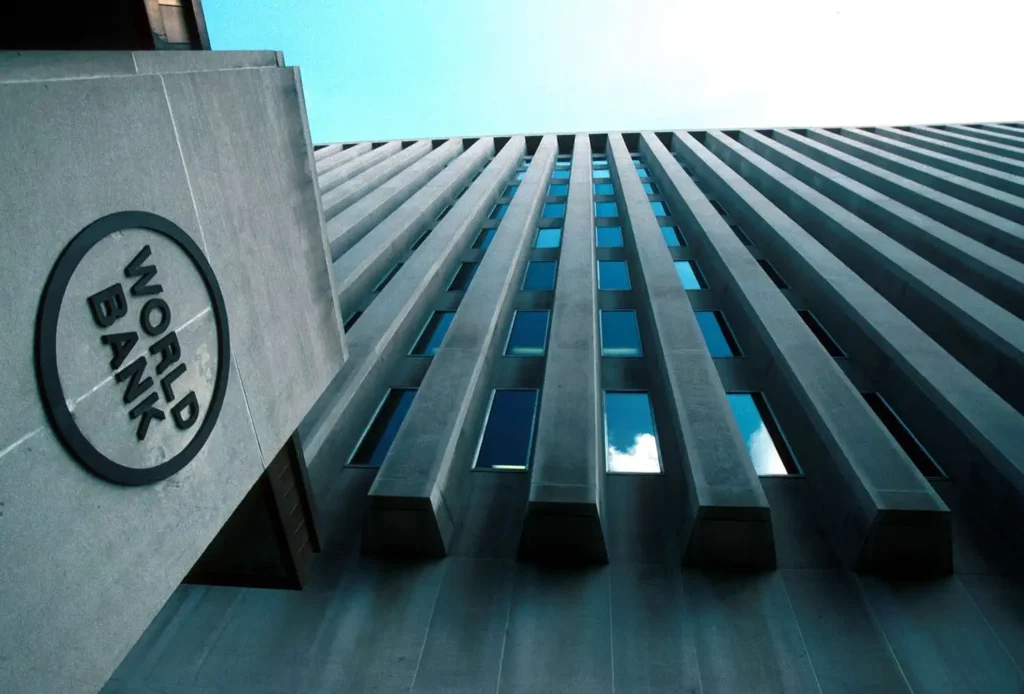
Case Studies: Past Successes in Debt Management
Lessons from Successful Debt Management Reforms
Countries like Rwanda and Indonesia have demonstrated the benefits of adopting robust debt management practices.
Insights from Countries Adopting World Bank Guidelines
Case studies reveal that aligning with World Bank recommendations significantly enhances debt sustainability.
Potential Risks and Mitigation Strategies
Risk of Policy Resistance
Resistance from stakeholders may hinder implementation. Effective communication and stakeholder engagement are vital.
Addressing Implementation Gaps
Providing technical assistance and capacity-building initiatives can bridge gaps in implementation.
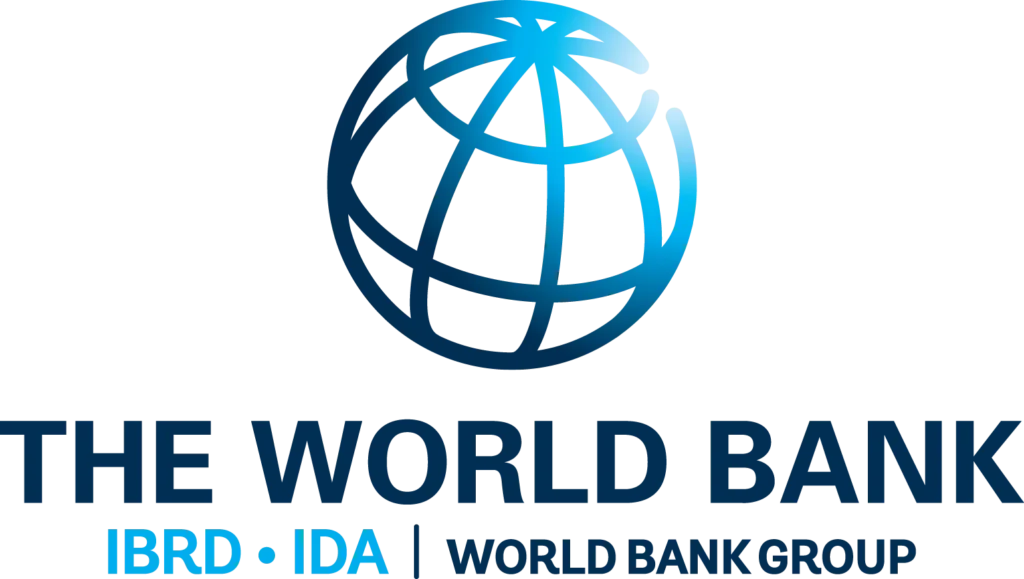
FAQs on Debt Management Reform
What is the primary goal of the World Bank’s debt management reform?
The primary goal is to enhance fiscal sustainability and economic resilience in developing countries.
Which countries will benefit most from the reform?
Low-income and highly indebted nations are the primary beneficiaries of the reform.
How does the World Bank ensure successful implementation?
Through funding, technical assistance, and collaboration with governments and organizations.
What challenges might arise during implementation?
Resistance from stakeholders, lack of technical expertise, and inadequate infrastructure are potential challenges.
How does the reform impact low-income countries?
It provides these countries with the tools and frameworks to manage debt sustainably, fostering economic growth.
How can private sector stakeholders contribute to the reform?
By investing in debt instruments, offering technical expertise, and collaborating with governments.
Source : The Express Tribune
